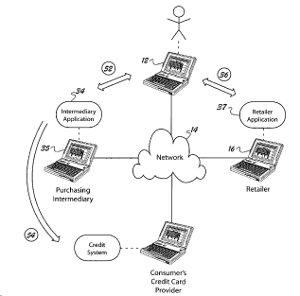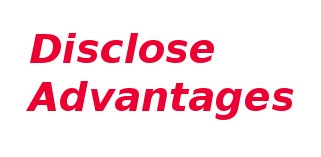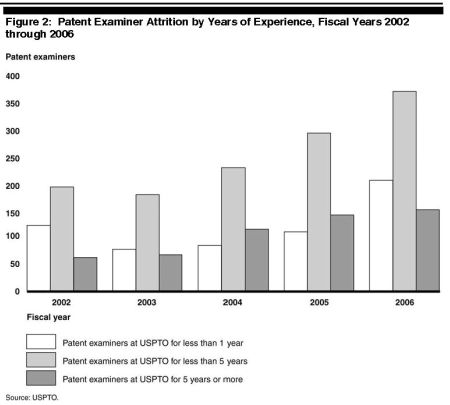 Privacash, Inc. v. Am. Express Co., No. 2011-1027 (Aug. 11, 2011) [PDF].
Privacash, Inc. v. Am. Express Co., No. 2011-1027 (Aug. 11, 2011) [PDF].
Privacash sued AMEX alleging that AMEX gift cards infringed U.S. Patent 7,328,181. The ‘181 provides a system with the objective of providing an anonymous and untraceable means for transacting purchases over the internet.
AMEX cards are activated when purchased and a usable until the value of the card is exhausted. AMEX will deactivate a card if it is reported lost or stolen. If reported stolen, a replacement gift card will be issued with the value remaining on the deactivated card.
Claim 1 of the ‘181 patent provides :
1. A method of transacting a purchase, comprising:distributing a plurality of unfunded purchase cards from a purchase card provider to a plurality of purchase card outlets, wherein each of the purchase cards is a bearer instrument having an associated account number issued by a major branded credit card organization, an expiration date and a non-personalized cardholder name selected by the purchase card provider printed thereon, wherein the purchase card does not include information identifying the specific perspective cardholder, wherein information associated with each of the purchase card accounts is maintained in a software implemented application operated by the purchase card provider;
issuing a purchase card to a cardholder at the a purchase card outlet;
contacting the purchase card provider to fund and activate the purchase card account of specific purchase card issued with a software implemented application or via the telephone; and
transacting a cardholder purchase at any one of a number of retailers not associated with the purchase card outlet which accepts credit cards of the major branded credit card organization, wherein the cardholder presents the purchase card and the retailer contacts the purchase card provider over a network connection to interface with the software implemented application transmitting the purchase amount and the purchase card account number without requiring the retailer to collect and transmit personalized card holder identifying information, to verify using the software implemented retail application that the  purchase card is unexpired and that the purchase amount does not exceed the cardholder’s funding limit, whereupon the purchase card account information will be debited by the amount of the purchase and the account of the retailer will be electronically credited completing the purchase transaction.
A cancelable card is not a bearer instrument. The Federal Circuit  agreed with the district court that the AMEX card was not a bearer instrument or bearer card because it was capable of being cancelled or deactivated. Therefore the AMEX card was not  “as good as cash†and may not be  “used up to the limit available on the card by anyone in possession of the card” as provided in the ‘181 patent description.
The court noted that the purpose of the card in the ‘181 patent was to ensure anonymity of a purchase. However because the AMEX card allowed the true owner of the AMEX card to deactivate the card and get a replacement for the value remaining, the AMEX card did not provide anonymity, which was the purpose of the system of the ‘181 patent.
 In a patent application, it is important to describe the benefits and advantages that the invention provides over the prior art. This gives the invention context and provides reasons for the Examiner to find the unique features of the invention novel and non-obvious.
In a patent application, it is important to describe the benefits and advantages that the invention provides over the prior art. This gives the invention context and provides reasons for the Examiner to find the unique features of the invention novel and non-obvious. There are times when you need to create informal patent drawings from color photos to file with an initial application. Using the free image manipulation software called
There are times when you need to create informal patent drawings from color photos to file with an initial application. Using the free image manipulation software called 
